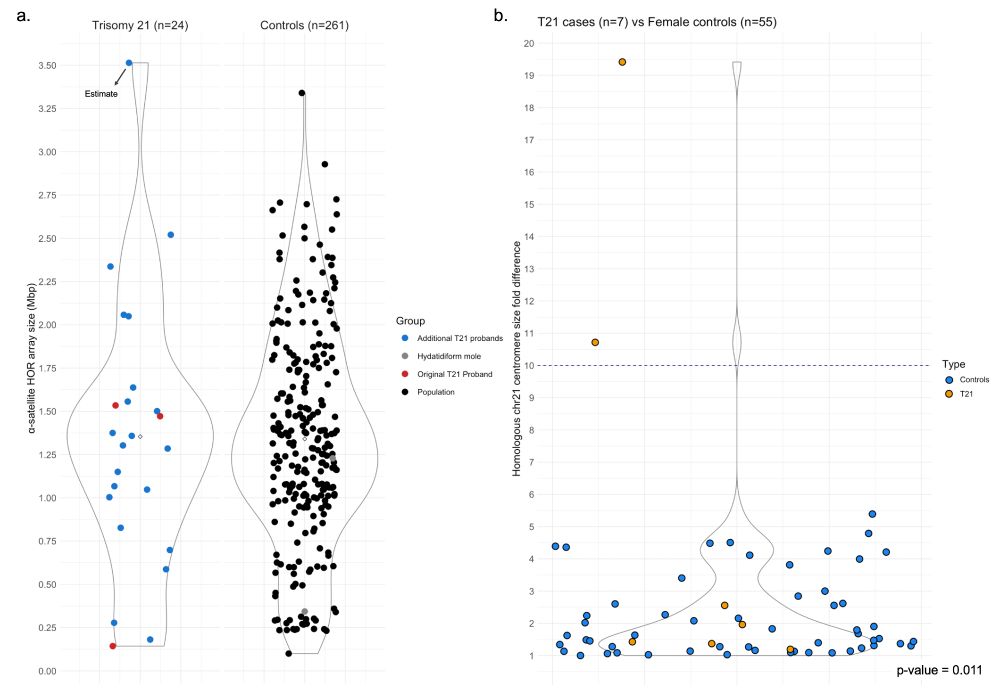
@uwgenome.bsky.social
brotmanbaty.org/news/long-re...

@uwgenome.bsky.social
brotmanbaty.org/news/long-re...

📰Near-complete Middle Eastern genomes refine autozygosity and enhance disease-causing and population-specific variant discovery.
By Mohammadmersad Ghorbani, Younes Mokrab and colleagues.
⬇️
www.nature.com/articles/s41...




